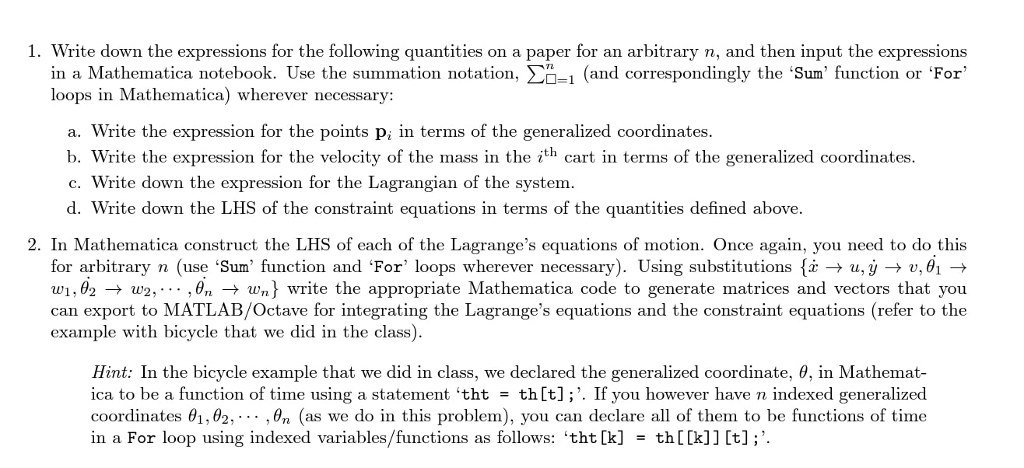
And somehow we're thinkingĪbout the function as mapping points on the So maybe we go off to the side here and we draw just like a And in this case the output, I mean, it's still just a number. To the input that's one and then two, and then you'd say, okay, so this tiny nudge in the input, this tiny change DX, how does And let's say you were evaluating this at a point like one, two. Gonna be graphing the function, this is, every point on That you might visualize it, you'd be thinking of your input space. The input in the X direction influence the output. Interpret that as saying, hey how does a tiny change in So, the reason I'm talking about this is because over in the multi-variable world, we can pretty much do the same thing. That's four times as big and that would mean yourĭerivative is four at that point. And you're wondering how that influences the function itself. And in that case, your initial nudge, your initial little DX, would be some nudge on that number line. Of somehow mapping numbers from here onto the second line. You might just think about, your input space as just a number line and your output space,Īlso as just a number line, the output of F over here. But, you could also thinkĪbout this without graphs if you really wanted to. And of course, this isĭependent on where you start. You kind of have this rise over run for your ratio between the tiny change of the output that's causedīy a tiny change in the input. And then DF, is the resulting change in the output after you make that initial little nudge. This little DX here, I like to interpret as just a little nudge in the X direction.

If we sketch out a graph, so this axis represents our output, this over here represents our input, and X squared has a certain I really like this notationīecause it's suggestive of what's going on. Take its derivative, and I'll use the Leibniz notation here, df/dx, and let's evaluate it at two, let's say. Like F(X)=X squared, and let's say you wanna Just remind ourselves of how we interpret the notationįor ordinary derivatives. To ordinary derivatives and I kinda wanna show Question is, how do we take the derivative of an expression like this? And there's a certain methodĬalled a partial derivative, which is very similar
Mathematica partial derivative plus#
So, they'll have a two variable input, is equal to, I don't know, X squared times Y, plus sin(Y). So, let's say I have some multi-variable function like F of XY.


 0 kommentar(er)
0 kommentar(er)
